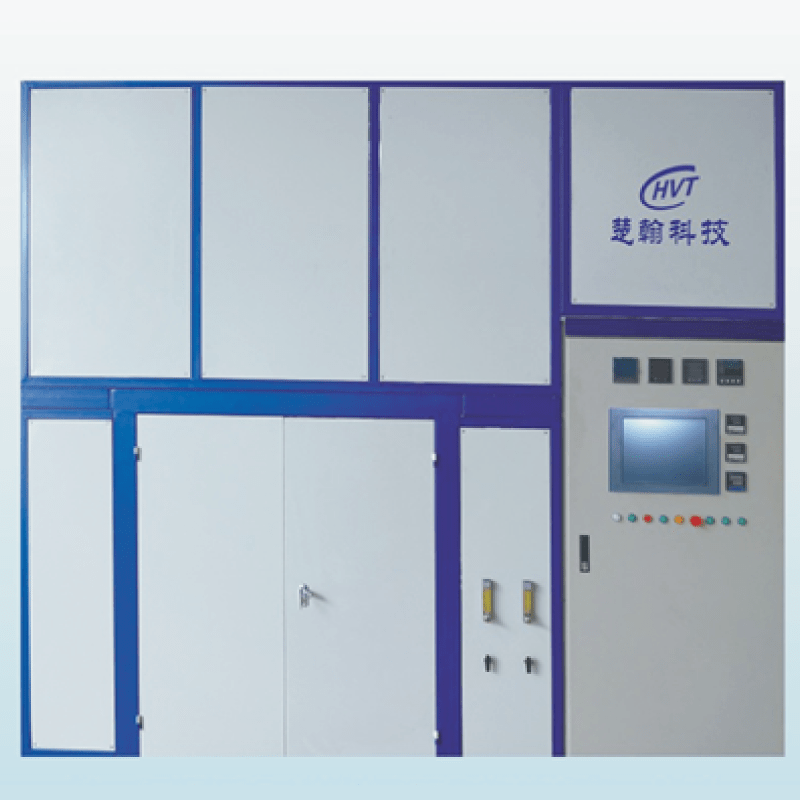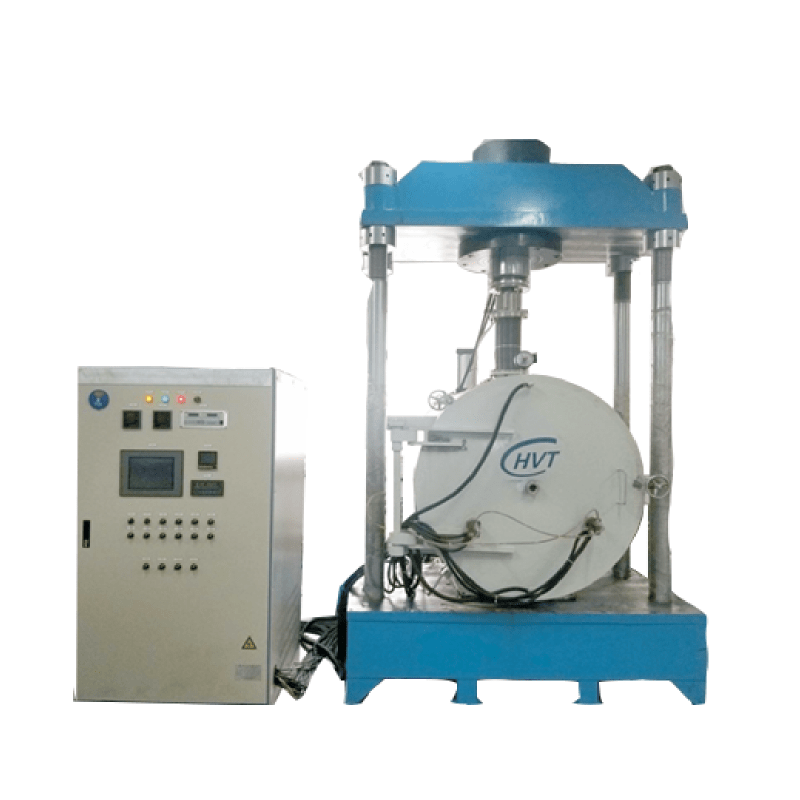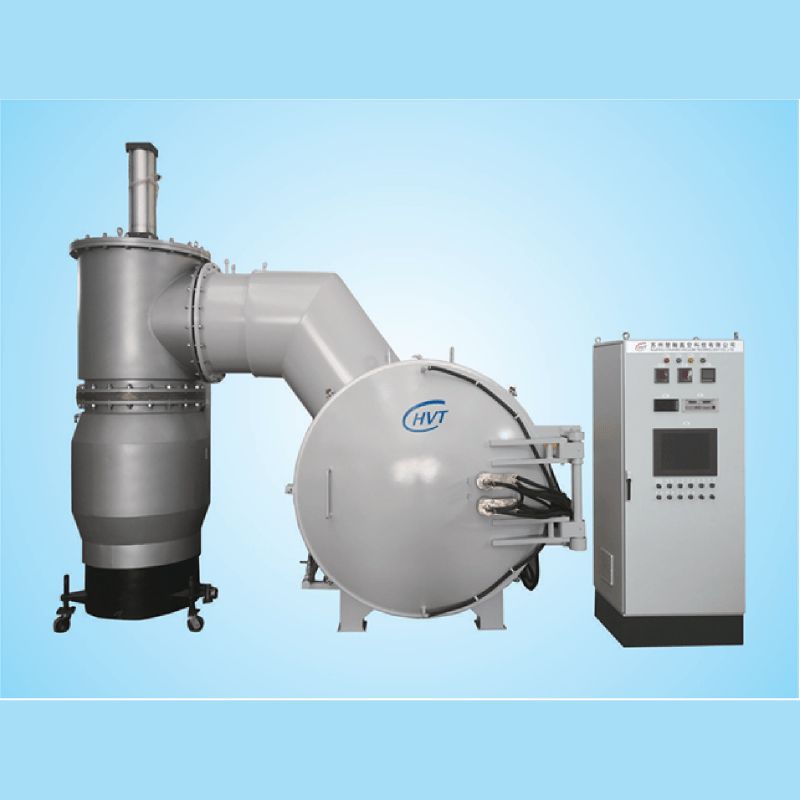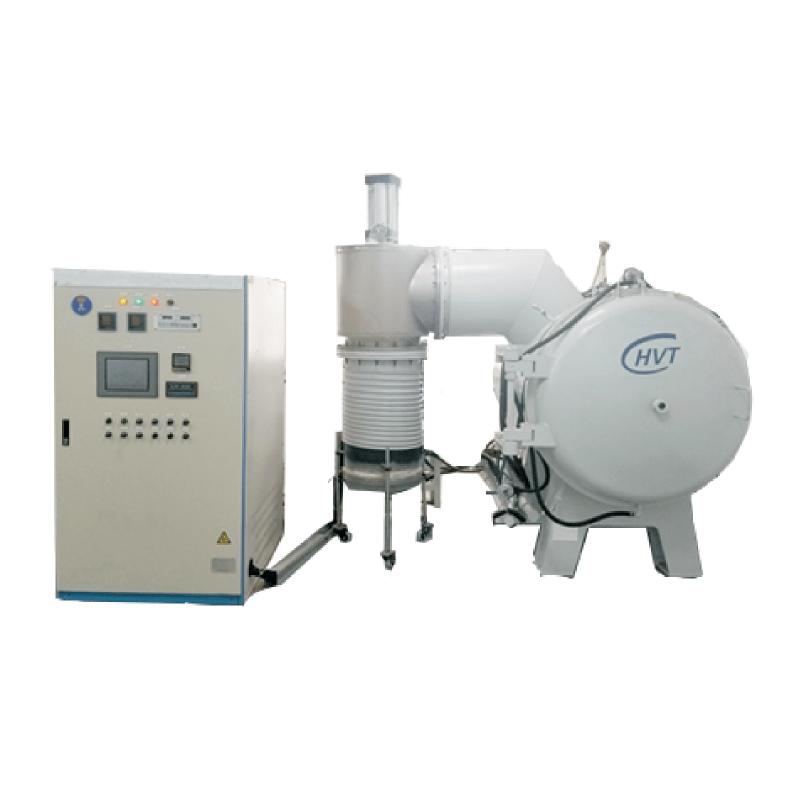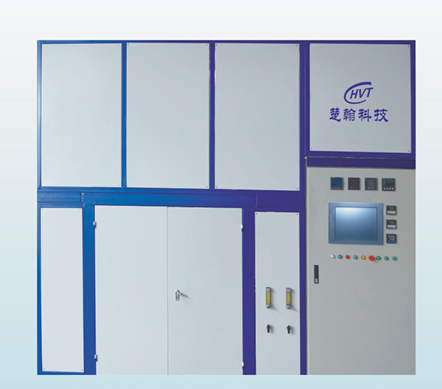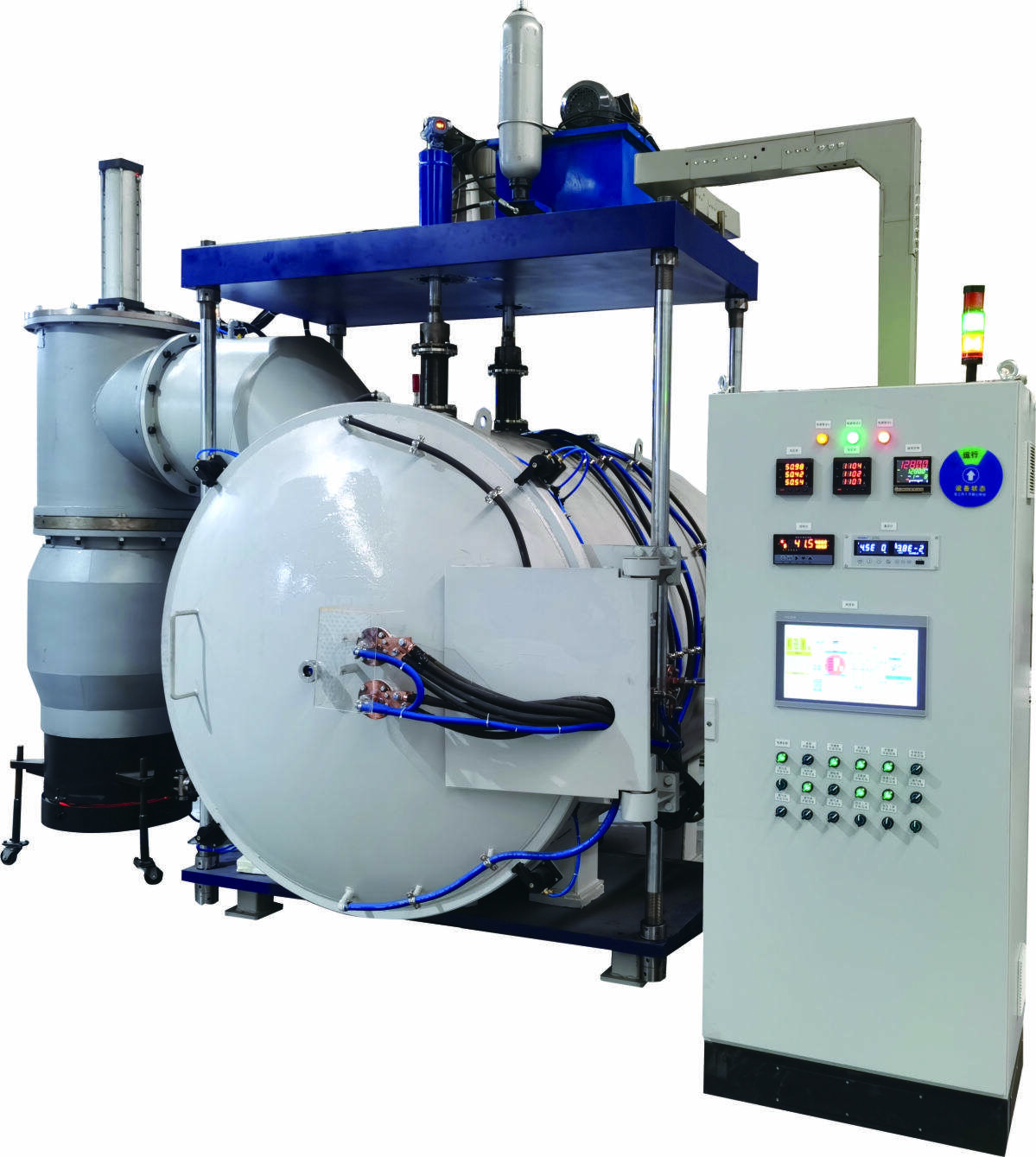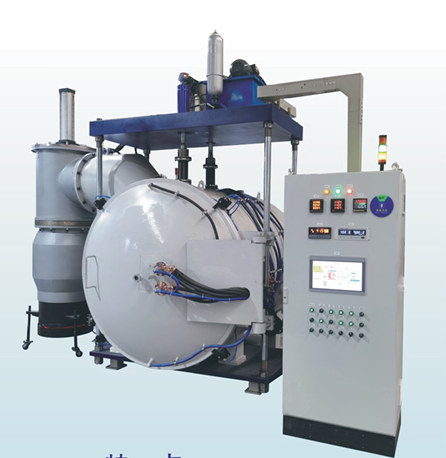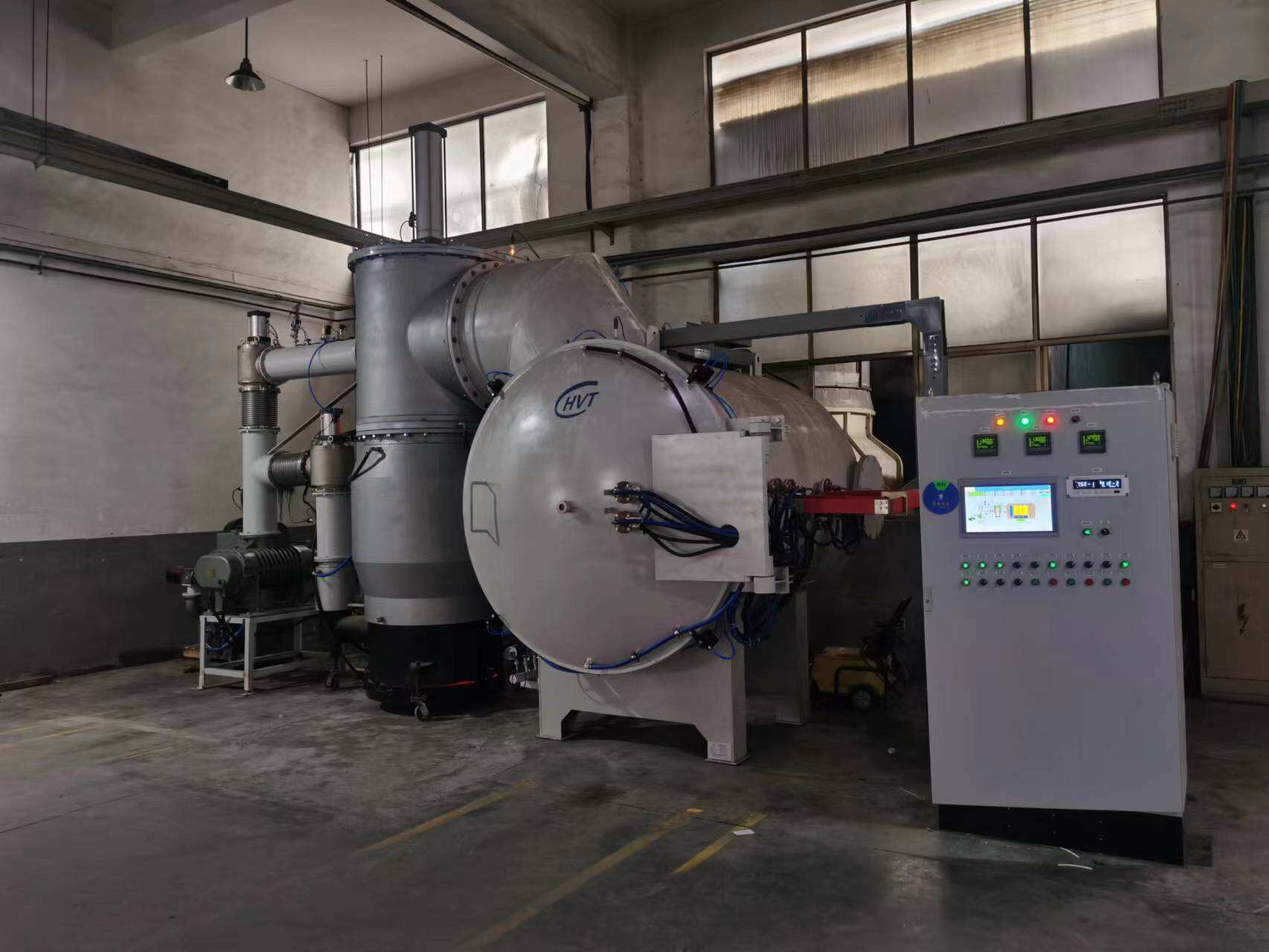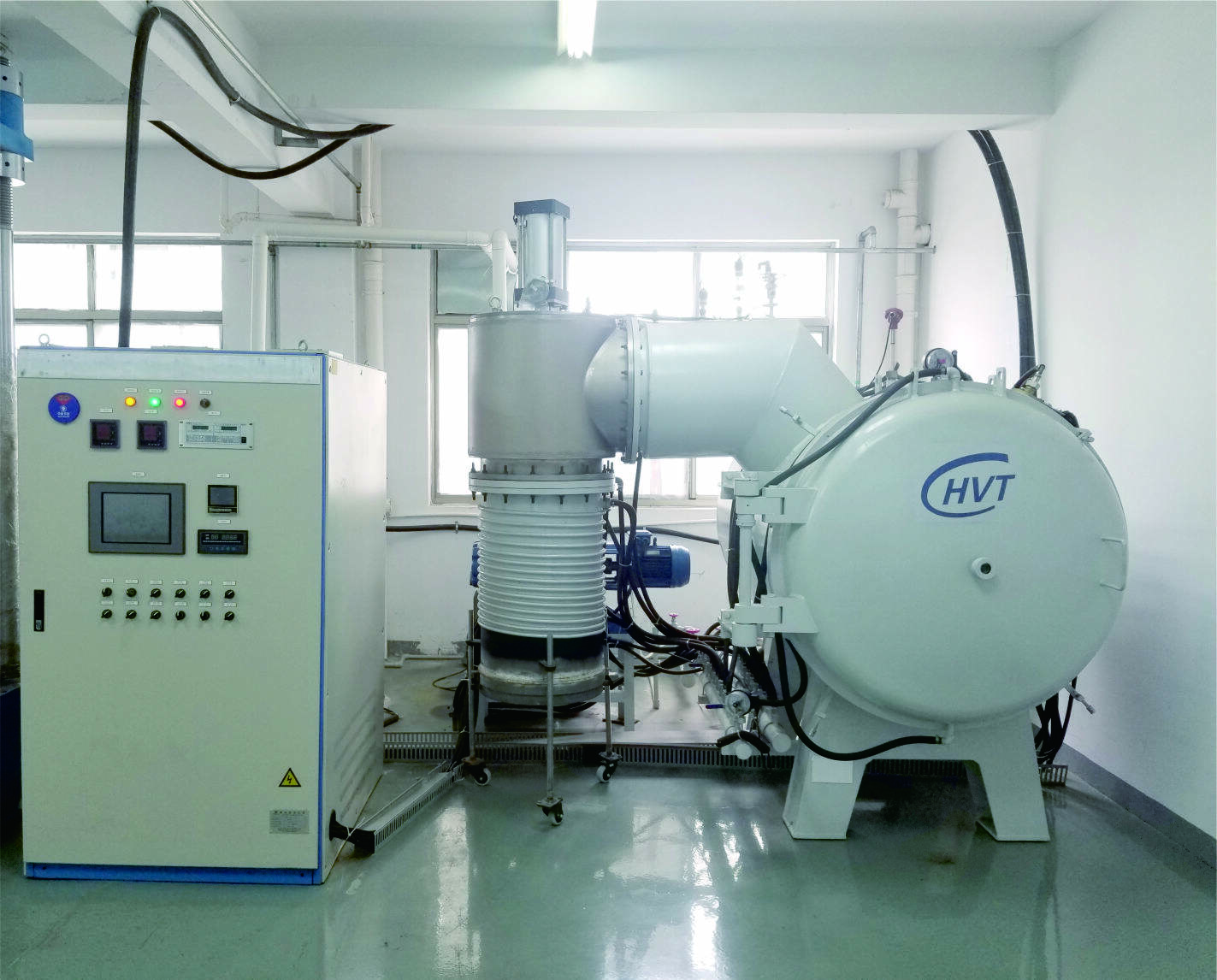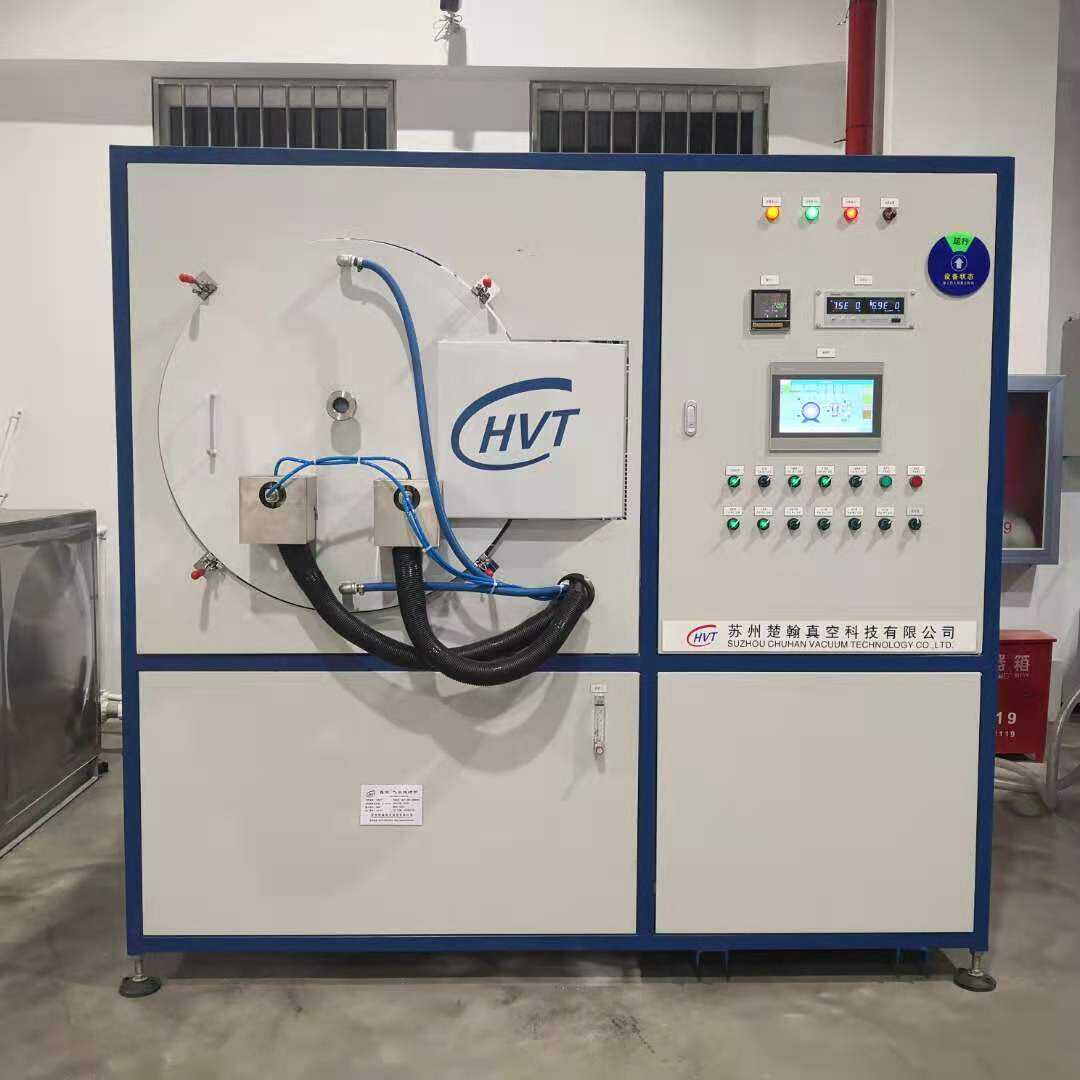brazing oven
A brazing oven represents a sophisticated thermal processing system designed for joining metals through the brazing process. This specialized equipment maintains precise temperature control and uniform heat distribution, essential for creating strong, reliable metal bonds. Operating at temperatures typically ranging from 1100°F to 2200°F (593°C to 1204°C), these ovens facilitate the melting of filler metals while preventing the base materials from reaching their melting points. Modern brazing ovens incorporate advanced features such as programmable temperature profiles, multiple heating zones, and automated material handling systems. They can accommodate various atmospheres, including vacuum, nitrogen, or hydrogen environments, to prevent oxidation and ensure high quality joints. These ovens are equipped with sophisticated monitoring systems that track critical parameters like temperature uniformity, heating rates, and cooling cycles. The versatility of brazing ovens makes them invaluable in industries such as aerospace, automotive manufacturing, electronics, and HVAC systems production. They can handle components of varying sizes and geometries, from tiny electronic components to large heat exchangers, while maintaining consistent quality across production runs.

